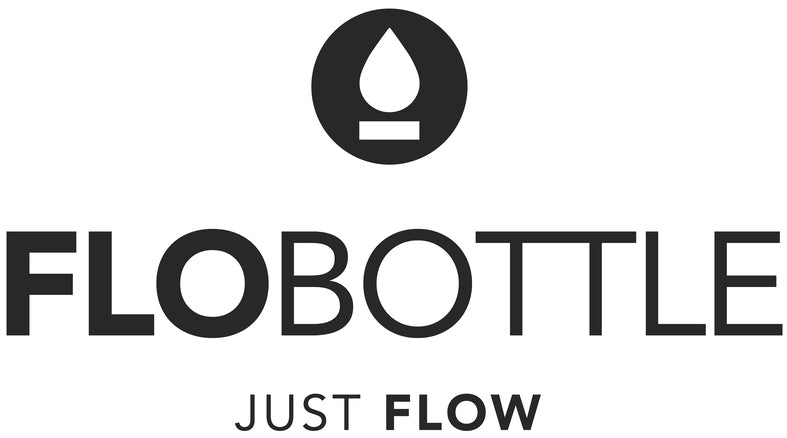Gone are the days when stainless steel water bottles were seen only in gyms and offices. Carrying these stylish, reusable beverage containers and drinking more water has become a part of every lifestyle. But is it really a good investment that can last year after year? Whether or not it will last a lifetime depends on how you clean and take care of it.
Reusable Water Bottles: Is Stainless Steel the Best Choice?
Stainless steel water bottles remain in demand among people looking for a more eco-friendly alternative to portable plastic containers. Although plastic ones are durable, affordable, and lightweight, they pose significant health and environmental problems.
Reusable plastic water bottles leach harmful substances into the water. They expose you to BPA, a notorious chemical linked to neurological, immunity, and reproductive issues. Moreover, when thrown away, these bottles find their way into our landfills and oceans, where they stay forever or get ingested by marine animals.
Stainless steel is the best option for many since they are safer, tougher, and more durable. It may even last a lifetime if cleaned regularly and maintained well.

How to Clean Your Reusable Stainless Steel Water Bottle
So, how can you clean your stainless steel water bottle to ensure that it lasts a long time?
1. Disinfect it with Liquid Dish Soap and Warm Water
Clean your reusable water bottle using liquid dish soap and warm water. Fill it halfway with the soap solution, put on the bottle cap, and shake it for a few seconds. Next, remove the lid, pour the soapy water out and rinse the entire container.
A water bottle brush can also help you thoroughly wash the interior walls. A brush is an essential deep cleaning tool, especially if you use the container for drinking coffee, juices, and other beverages daily. Don't forget to clean the brush after use. Soak it in soapy water. Before rinsing, gently comb through the bristles to ensure that no particles are stuck to them.
2. Use Vinegar
Vinegar is a non-toxic, natural cleaning agent that quickly breaks down dirt, grime, and grease. Both white vinegar and apple cider vinegar are good cleaning agents. However, white is stronger because it’s more acidic than apple cider vinegar. If you can’t stand its harsh smell, ACV is the best alternative that you can try.
To clean your water bottle using this method, mix equal parts of white vinegar and warm water in a container. Pour that solution into your reusable water bottle, put the cap on, and shake vigorously. Let it soak overnight. Rinse the bottle with a warm soapy solution the next day to eliminate the smell. You could also try using straight vinegar, but be sure to let it sit for about five minutes alone.

Note: Avoid using harsh chemicals like bleach or chlorine. This can damage the bottle and cause the stainless steel to rust!
3. Try Baking Soda
Baking soda is a mild cleanser that can easily remove odors, dissolve grease, neutralize acids, and remove buildup residue. Before cleaning your water bottle with baking soda, wash it with soap and water first.
Afterward, put two to three teaspoons of baking soda into the container and pour in warm water. Shake it vigorously. Let it sit for a few hours. Then, pour the solution out and rinse it with soap and water one more time.
Alternatively, you could make a thick paste by mixing baking soda with a little bit of water. Scrub the inside of your bottle with this mixture.
4. Use Hydrogen Peroxide
If you haven't deep cleaned your water bottle in a while and need to eliminate a bad odor and slime, use hydrogen peroxide to disinfect it. It's perfectly safe to use hydrogen peroxide to clean household items. Various concentrations are available on the market, each serving its own purpose.
3% hydrogen peroxide is the most common type used in households to clean wounds. Use this concentration to clean your reusable water bottle! After cleaning it with soap and water, pour around five teaspoons into the container and shake it vigorously. You can also use a sponge or a brush to scrub the interiors. Once you’re done, rinse it until the hydrogen peroxide is completely gone.
5. Access Hard-to-Reach Areas with a Cloth or Cotton Swab
Whatever cleaning agent and accessories you choose, it’s crucial to scrub even the hard-to-reach spots of your stainless steel water bottle and its cap. Most of these corners are found in the lid, so using a clean cloth or cotton swabs can help remove any buildup.

For example, soak a piece of cloth in vinegar. Use it to scrub the cap and the lid area. Wait for around 15 minutes before rinsing it off. Follow the same method when using baking soda, hydrogen peroxide, or dish soap.
A Note About Using the Dishwasher
Understandably, you might want to save time and energy by tossing your bottle in the dishwasher. While this might be more convenient, we don’t recommend it. Over time, the hot temperature of the water can degrade the quality of the rubber seal.
Plus, the dishwasher won’t be able to get into all the nooks and crannies as well. Hand washing is still the most thorough method to ensure your water bottle is sparkling clean.
Clean Your Reusable Water Bottles Regularly
If you take care of it, your stainless steel water bottle will be your companion through all of your camping trips, hikes, days in the office, and walks with your dog. Follow these steps to keep your bottle in tip-top shape.





